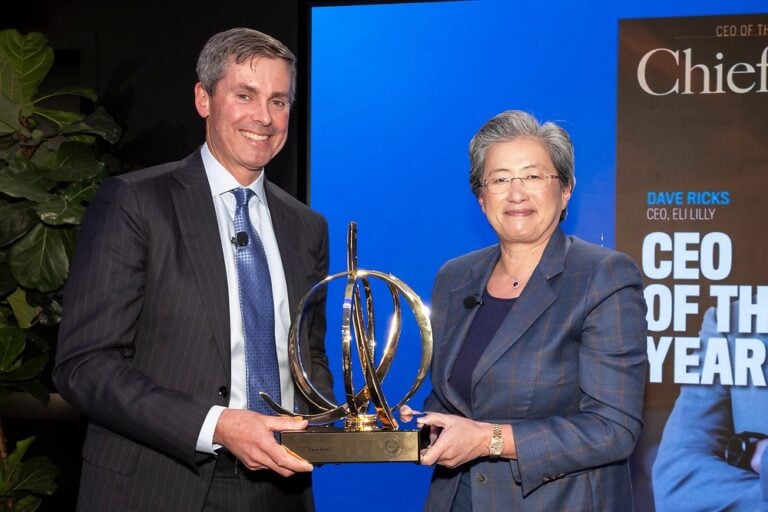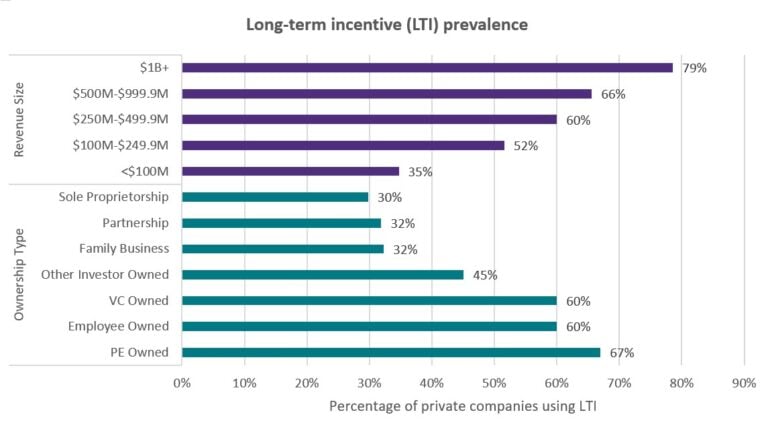
With a rapidly-growing population, an overall growing economy and relatively few vehicles per residents, Africa may be the next hot auto market.
Edward Hightower, Managing Director of Motoring Ventures, LLC, author of Motoring Africa recently spoke with Chief Executive and said the development success story of Asia and Latin America can be repeated on the African continent. Hightower has worked in the global automotive industry for more than 25 years as an engineering and business executive. He previously led GM’s $15 billion crossover vehicles business that included the Cadillac Xt55, Buick Enclave and Chevrolet Traverse. He has also served in key leadership positions at Ford and BMW. Hightower currently leads Motoring Vehicles, LLC, a private capital investments and operations and growth advisory firm focused on automotive and manufacturing businesses around the world.
While Africa isn’t known as a prime location for the auto industry, it has been manufacturing cars, light trucks and commercial vehicles since the 1920s, Hightower says. As investments on the continent have been limited, most efforts have focused on assembly of imported vehicle parts rather than the full design and manufacturing.
“With a projected doubling of the population to 2.5 billion people by the year 2050, demand for vehicles is expected to rise.”
Of the 97 million vehicles produced globally, Africa only produced 1.1 million per year, most in South Africa and Morocco. Yet the industry is growing. Nissan, Volkswagen and PSA Peugeot recently announced assembly lines in Kenya in the past 18 months, according to Bloomberg. Volkswagen also announced it would start assembling vehicles at a new plant in Rwanda in May, according to The New Times. Kenyan car manufacturer Mobius is also set to release the Mobius II next year as an affordable SUV designed for the African mass market.
“Car companies are still focused on the BRIC (Brazil, Russia, India and China) economies. Africa is an overlooked market in general, ,and there is opportunity to do something different,” Mobius founder Joel Jackson told CNN.
With a projected doubling of the population to 2.5 billion people by the year 2050, demand for vehicles is expected to rise. Deloitte reported that in 2014, there were only 44 vehicles per 1,000 inhabitants versus an average of 182.
Africa will also soon have the largest working age population and it currently has an underemployed, low-cost and trainable workforce. Hightower notes there are sufficient numbers of educated workers in the continent, specifically in the countries of South Africa, Morocco, Kenya, Ghana, Ethiopia and Nigeria.
As multinationals are still primarily focused on growth in Asia, there is limited competition and receptive governments that have recently implemented policies and incentives for industrial development, Hightower says. “The African continent is considered to be the last and final frontier market. Producing in market tends to be best for the customer and generates the highest returns for the manufacturer. Rising labor costs in chain and other parts of Asia will be exports less cost competitive,” Hightower said.
Rapid growth of such industries in developing economies is not uncommon. Hightower points to China’s efforts in the late-80s when it made the strategic decision to invest in the development of a local automobile industry. It has since grown to be the largest auto producer in the world by volume since 2008. “As a result, the country went from producing 500,000 cars per year in 1990 to over 28 million in 2017. Millions of direct and adjacent jobs were created in China as a result of automotive industrialization,” Hightower said.




0

1:00 - 5:00 pm
Over 70% of Executives Surveyed Agree: Many Strategic Planning Efforts Lack Systematic Approach Tips for Enhancing Your Strategic Planning Process
Executives expressed frustration with their current strategic planning process. Issues include:
Steve Rutan and Denise Harrison have put together an afternoon workshop that will provide the tools you need to address these concerns. They have worked with hundreds of executives to develop a systematic approach that will enable your team to make better decisions during strategic planning. Steve and Denise will walk you through exercises for prioritizing your lists and steps that will reset and reinvigorate your process. This will be a hands-on workshop that will enable you to think about your business as you use the tools that are being presented. If you are ready for a Strategic Planning tune-up, select this workshop in your registration form. The additional fee of $695 will be added to your total.

2:00 - 5:00 pm
Female leaders face the same issues all leaders do, but they often face additional challenges too. In this peer session, we will facilitate a discussion of best practices and how to overcome common barriers to help women leaders be more effective within and outside their organizations.
Limited space available.

10:30 - 5:00 pm
General’s Retreat at Hermitage Golf Course
Sponsored by UBS
General’s Retreat, built in 1986 with architect Gary Roger Baird, has been voted the “Best Golf Course in Nashville” and is a “must play” when visiting the Nashville, Tennessee area. With the beautiful setting along the Cumberland River, golfers of all capabilities will thoroughly enjoy the golf, scenery and hospitality.
The golf outing fee includes transportation to and from the hotel, greens/cart fees, use of practice facilities, and boxed lunch. The bus will leave the hotel at 10:30 am for a noon shotgun start and return to the hotel after the cocktail reception following the completion of the round.